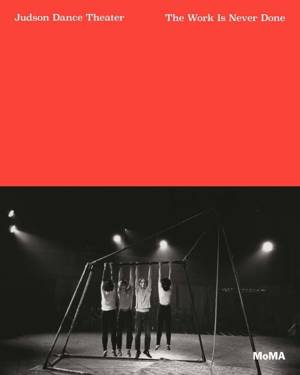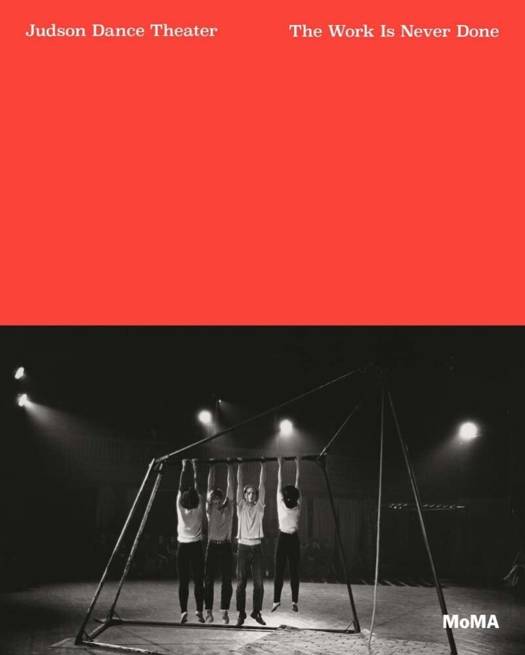
- Retrait gratuit dans votre magasin Club
- 7.000.000 titres dans notre catalogue
- Payer en toute sécurité
- Toujours un magasin près de chez vous
- Retrait gratuit dans votre magasin Club
- 7.000.000 titres dans notre catalogue
- Payer en toute sécurité
- Toujours un magasin près de chez vous
Judson Dance Theater: The Work Is Never Done
The Work is Never Done
Ana Janevski, Thomas J. LaxDescription
Using "ordinary" movements, the Judson Dance Theater stripped dance of its theatrical conventions
A New York Times Book Review 2019 holiday gift guide pick
Taking its name from the Judson Memorial Church, a socially engaged Protestant congregation in New York's Greenwich Village, Judson Dance Theater was organized as a series of open workshops from which its participants developed performances. Redefining the kinds of movement that could count as dance, the Judson participants--Trisha Brown, Lucinda Childs, Philip Corner, Bill Dixon, Judith Dunn, David Gordon, Alex Hay, Deborah Hay, Fred Herko, Robert Morris, Steve Paxton, Rudy Perez, Yvonne Rainer, Robert Rauschenberg, Carolee Schneemann and Elaine Summers, among others--would go on to profoundly shape all fields of art in the second half of the 20th century. They employed new compositional methods to strip dance of its theatrical conventions, incorporating "ordinary" movements--gestures typical of the street or home, for example, rather than a stage--into their work, along with games, simple tasks, and social dances to infuse their pieces with a sense of spontaneity.Published in conjunction with an exhibition at the Museum of Modern Art, Judson Dance Theater: The Work Is Never Done highlights the workshop's ongoing significance. The catalog charts the development of Judson, beginning with the workshops and classes led by Anna Halprin, Robert Ellis Dunn and James Waring, and exploring the influence of other figures working downtown such as Simone Forti and Andy Warhol, as well as venues for collective action like Judson Gallery and the Living Theatre. Lushly illustrated with film stills, photographic documentation, reproductions of sculptural objects, scores, music, poetry, architectural drawings and archival material, the publication celebrates the group's multidisciplinary and collaborative ethos as well as the range of its participants.
Spécifications
Parties prenantes
- Auteur(s) :
- Editeur:
Contenu
- Nombre de pages :
- 200
- Langue:
- Anglais
- Illustré:
- Oui
Caractéristiques
- EAN:
- 9781633450639
- Date de parution :
- 25-09-18
- Format:
- Livre broché
- Format numérique:
- Trade paperback (VS)
- Dimensions :
- 198 mm x 251 mm
- Poids :
- 657 g







